New season equals a new menu - your menu speaks for your food
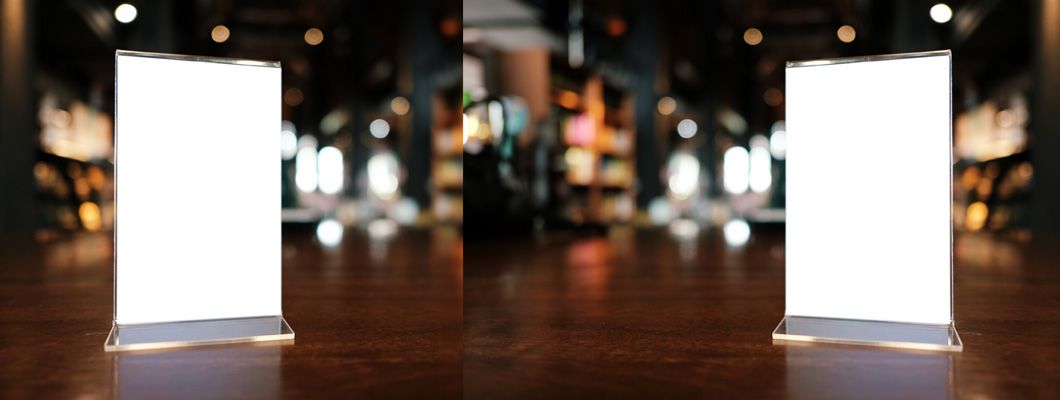
As we head into September, many restaurants, pubs, bars, cafés and other eateries are launching their new season’s menus. Getting the menu just right is important not only for your diners, but also for your eatery. From the breadsticks, bowls of olives and water on the table for guests whilst they peruse your menu, to the choices available, including gluten-free, vegetarian and vegan options, creating that positive first impression is critical.
What can be just as important is the way in which you present your menu. The type of eatery will have an influence on what you choose. For example, a café may opt for a menu cover whilst an a la carte restaurant will go for a menu holder. Of course, that raises another question – what’s the difference between a menu holder and a menu cover?
Menu holders
Menu holders are usually freestanding holders that enable you to present your menu at the table. They can be a wood block with a gap in which your menu sits, or a protective frame that’s single-sided, double-sided or forms up to four sides, and sourced in wood, acrylic or metal, in a variety of sizes.
These types of menu holders are great to use as table centrepieces. They tend to be used in less formal eateries, such as pubs, bars and cafés. Menu holders are suitable for laminated menus, or menus that are printed onto a durable, heavy-duty card to allow for repeated handling.
Types of menu holders
Whilst there are a variety of options, most menu holders are either a freestanding acrylic frame or they are clip, or grip, menu holders. Acrylic menu holders are a great choice where eateries want to display their menus on table or bars. They can also be used to showcase special offers, the ‘dish of the day’ or a manager’s special, or any other notices. Menu cards can be easily replaced when required, but they aren’t watertight so they’re not suitable for outside use.
Clip, or grip, menu holders are also a good choice for countertop menu display, designed to hold a card or laminated menu tightly enough to keep the menu sitting upright. Customers are able to take the menu out of the holder, and replace as needed. However, the menus need to be able to withstand constant handling by customers. Most eateries that choose this type of menu holder will often choose to have their menus printed onto a heavyweight card that is durable, or even laminated.
There are some menu holders available that double-up as table tidy’s, and some designs are able to hold menu covers. Also known as table racks, the holder is able to support a menu on side and cutlery, or napkins, on the other side. These menu holders provide a great way of providing a ‘one-stop solution’ to keep tables organised.
Any type of menu holder is easy to keep clean, usually wiped with a clean, damp cloth. However, it is important that menu holders are thoroughly dry before they are re-used as any dampness may result in your menus being less durable and cause damage.
Menu covers
Menu covers, on the other hand, cover menus printed onto paper or heavier weight paper and are good for protecting menus whilst they are being handled by customers. In many restaurants, they come in the form of folders, or ‘books’, with several sleeves in which each page of the menu sits. It is worth noting that in America, their menu covers are available in single panels which can show information back to back.
Generally, menu covers are more suitable for semi-formal or formal dining establishments, such as a classic a la carte restaurant or a traditional type of eatery. A menu cover is able to create that all-important first impression before customers have even read the menu, establishing the theme or ‘feel’ of your restaurant.
For restaurants that have a more extensive menu, or combine lunch and evening menus along with wine and drinks lists, a menu cover is almost a must. Menus are usually displayed via plastic sleeves that protect the menu, covered in a solid folder.
They are available in a variety of materials; which you choose depends on your eatery and the impression you wish to give your customers. For example, PVC menu covers are trustworthy and affordable with sealed edges that protect them from water damage. Fabric menu covers provide a lovely soft and homely feel when handled, and are available in a range of colours, shades and designs, including rustic. Like PVC, plastic menu covers are resistant to damage, hardwearing and lightweight, ideal for today’s more modern eateries. For more traditional, classic eateries, leather menu covers are a popular choice with synthetic leather covers being an economical and popular option. Leather presents customers with a touch of luxury to their dining experience, often available in different colours and inlaid designs.
Menu colour and size
The colour and size of your menu doesn’t just come down to personal choice – it can have a significant influence on your customers, too. Let’s look at colour first. Customers see different colours in different ways, and colour can develop a specific theme to your eatery, such as modern and funky or fun.
For example, research has shown that orange stimulates the appetite and green emphasises natural goodness. But be careful; whilst yellow will grab your customer’s attention, too much yellow can be a little overbearing! What will also influence a customer’s opinion is the font you use on your menu and the way it is laid out.
On to size; most menu covers come in the sizes of A4 or A5, although there are exceptions to this. The A5 size are easier to not only store but also for customers to handle. They are lighter, easier to carry for staff and it is often a popular size for menus in hotel rooms, small dining establishments and pop-up restaurants. However, because they are smaller and offer less space, menu choices need to be less descriptive and more precise. Menu covers in A4 provide much more space for bigger, more extensive menus. Generally, menus can be laid out better and appear less squashed, and allow for longer descriptions. But A4 menu covers are heavier, less portable, can be cumbersome for customers to use, and take up more room on the dining table. One good tip; don’t try and reduce an A4 menu to fit onto an A5 menu. By reducing the font or squeezing menu items together, it may become difficult to read, especially for partially sighted and older customers.
The menu is often a great way to impress your dining customers when they visit your eatery, and is an extension of the look and feel of your establishment. Just throwing a menu together without giving it the care and attention it deserves, including the way in which it is presented to the customer (that is, with menu holders or menu covers), could be the difference to a customer returning or not.

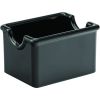
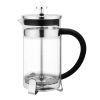
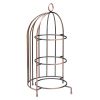
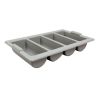

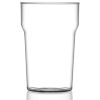

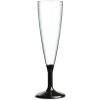


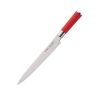


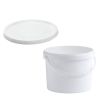
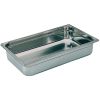
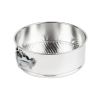
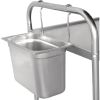
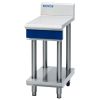
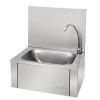
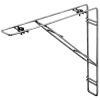
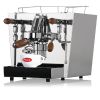
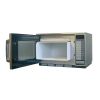
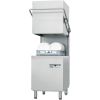
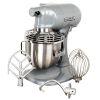
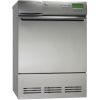

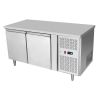
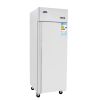
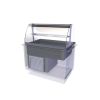
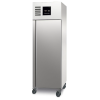

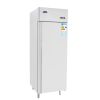


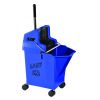

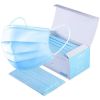



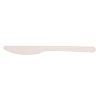

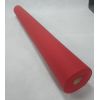
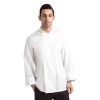
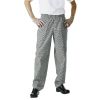
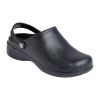
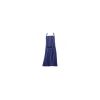
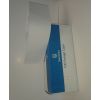

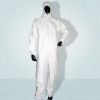
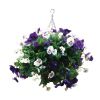
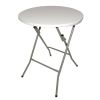
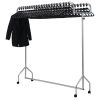
Leave a Comment